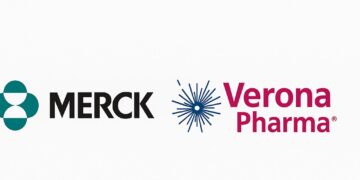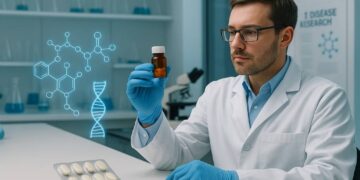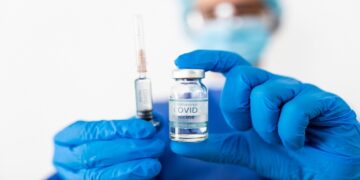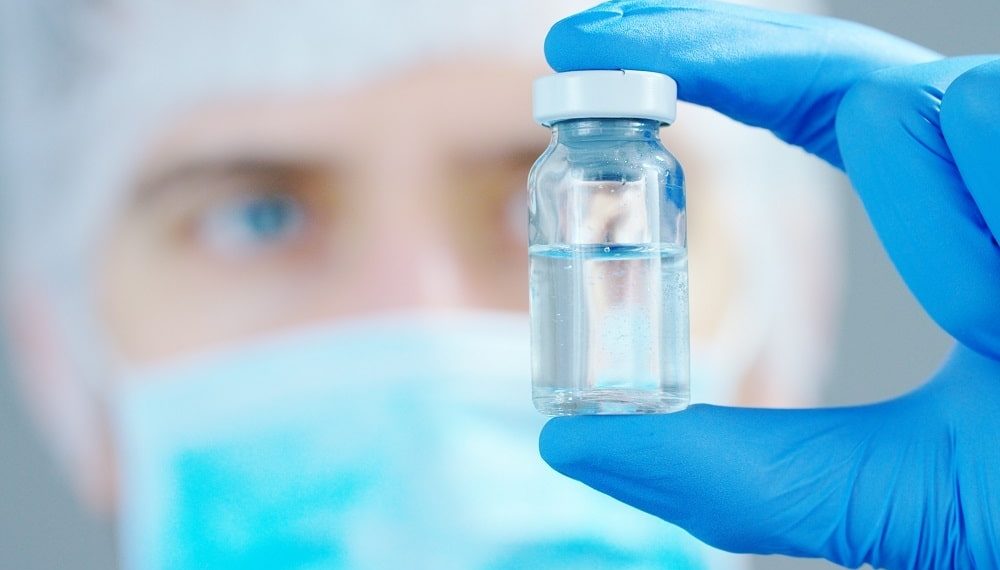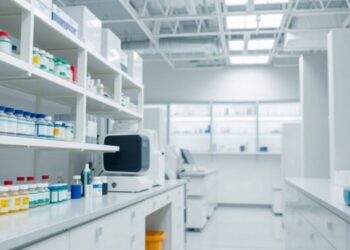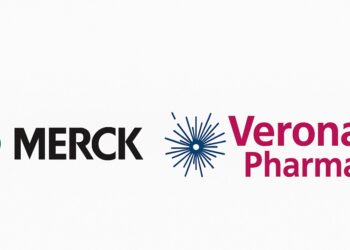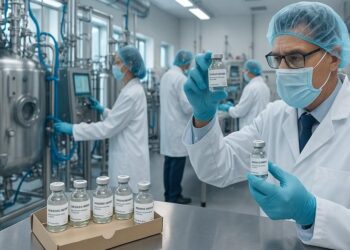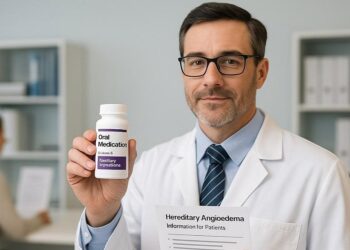The road to market for new drugs and pharmaceutical products is long and complicated. Each stage of drug development is highly scrutinized by the FDA, enabling patient populations and providers to confidently rely on the product. Parenteral drugs broadly defines a category of medication that is delivered via injection. New drugs typically come to market as parenteral because they are highly reliable in dosage precision and are administered by a professional. Injections also allow for rapid onset of the drug’s effectiveness. When a drug is delivered directly into the bloodstream without having to be absorbed through the stomach, as with oral medications, there are increased safety considerations and patient risks. Injection risks include potential contamination or unanticipated changes in the drug’s chemistry since the bloodstream has minimal natural barriers to protect from damaging side effects. Due to risks, developing parenteral drugs presents significant manufacturing challenges.
Parenteral drug companies must have stringent controls on their manufacturing processes, which can further delay scale production. Recent materials and technology innovations in parenteral drug manufacturing have expedited timelines while maintaining product integrity and patient safety.
One of the greatest challenges faced by parenteral drug manufacturers is how to maximize drug stability (shelf life) and ensure the right dosage of active ingredients is delivered with each injection. If the drug denatures over time or reacts with the materials it comes in contact with, it could become ineffective or potentially dangerous. This challenge places high stringency on the material science of the formulation systems, such as bioreactors, the final packaging, syringes, and vials.
Syringe and vial manufacturers have invested heavily in material science research to develop drug containment systems that have zero chemical interaction between with the drug. One such innovation is the emergence of polymer resin containers. While “glass like,” the polymer resin containers do not degrade over time nor react with the chemicals they contain. West Pharmaceutical Services, for example, a syringe and vial manufacturer, has introduced Daikyo Crystal Zenith® Vials. These cyclic olefin polymer vials resist breakage, delamination, and mitigate particulate issues. Their inert composition is compatible with a broad range of the drug pH scale. Choosing optimal materials for primary packaging can prolong the shelf-life and effectiveness of the drug.
The manufacturing step where the drug is transferred into its final packaging often takes place in an isolator environment, which is an automated, hands-free cleanroom. There have been many innovations in isolator technology that enable large-scale manufacturing of sensitive drugs. Isolator equipment has multiple aseptic filling mechanisms. These features enable the safe transfer of materials into the cleanroom space without risk of contamination. Protective measures include locking transport holes (ports), which allow a bag of syringe components to lock on to the cleanroom and transport the contents into the isolator without risk of particulate or microorganism infiltration into the closed system. Isolator companies have become more adept over time to customize isolator systems to be compatible with pharma manufacturers’ unique needs.
In addition to new technology coming online to ease manufacturers’ burdens, recent advances have also made testing and quality assurance easier in the pharmaceutical supply chain. Manufacturers repeatedly test drug products at multiple stages to confirm no foreign particulate or undue chemical leeching has breached the drug in development. Some companies have begun exploring advanced machine vision systems that can scan biologic liquids for microorganism contamination faster and more efficiently than human-led testing. With recent pressures to prepare for COVID-19 vaccine production, the Stevanato Group has partnered with manufacturer Catalent to install vision and detection systems that also will reduce human testing needs, enabling faster production without sacrificing quality assurance.
Innovative thinking in different aspects of the parenteral drug manufacturing chain, such as next generation materials, smart isolators, and visual inspection systems, are expected to continue to alleviate barriers to scaling drug manufacturing.
About Oliver
Oliver™ Healthcare Packaging is a leading supplier of pouches, lidding, roll stock, and mounting cards for the global healthcare industry. Our packaging protects medical devices and pharmaceutical products throughout the sterilization, shipment, and storage processes. We offer an extensive portfolio, including specialty products designed to solve tough packaging issues like the award-winning Dispos-a-vent® pouch. In addition, Xhale® and SealScience® adhesives allow for increased productivity, better evidence of seal integrity, and ease of aseptic presentation for improved patient safety. Headquartered in Grand Rapids, MI (USA) and with manufacturing around the globe, Oliver is ISO 13485 certified. Visit us at www.oliverhcp.com.
About Author
 Alyssa Flaschner, Associate Product Marketing Manager at Oliver Healthcare Packaging.
Alyssa Flaschner, Associate Product Marketing Manager at Oliver Healthcare Packaging.




